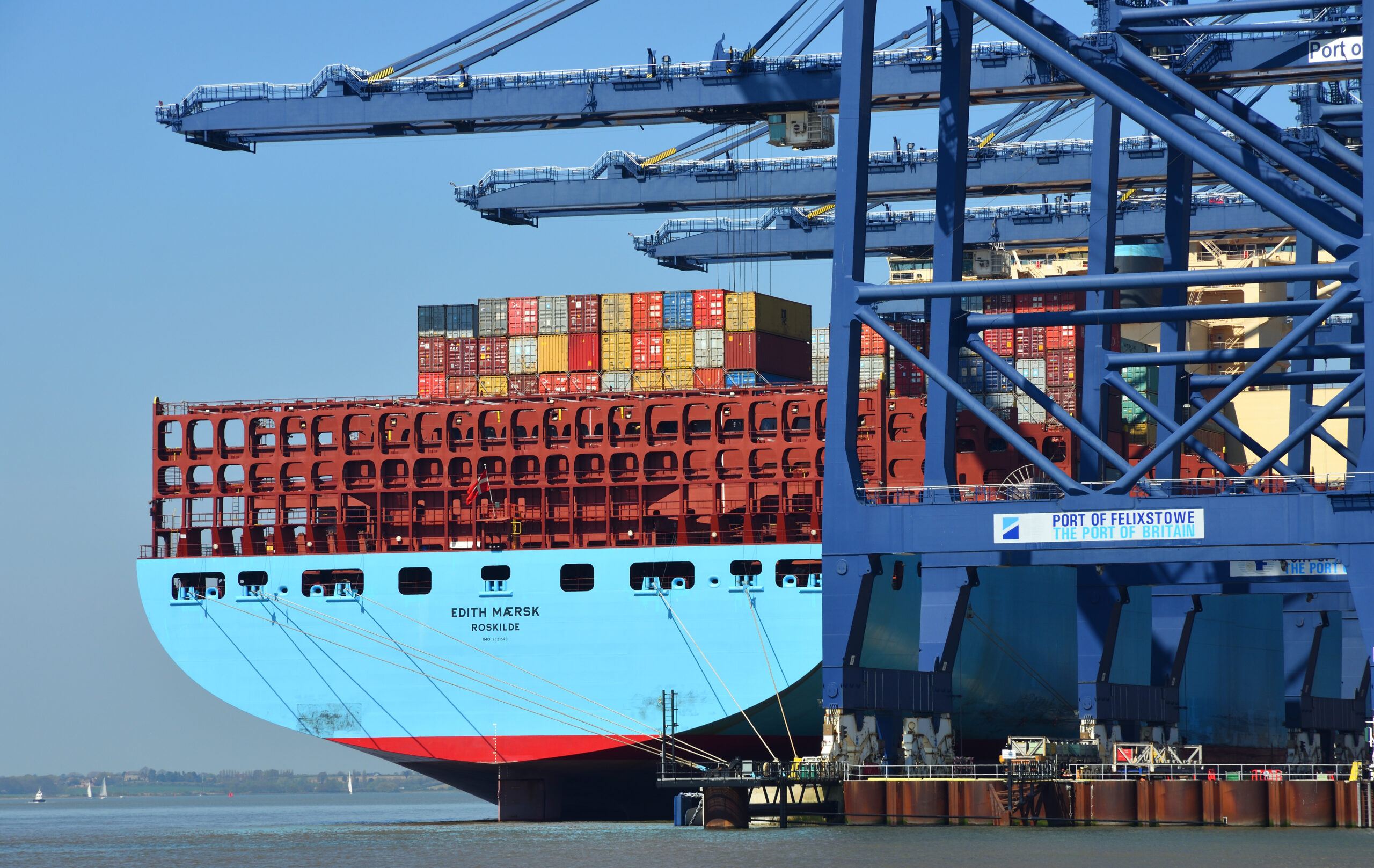Mitsui O.S.K. Lines (MOL) has become the first Japanese shipping company to retire technology-based carbon dioxide removal (CDR) credits. By retiring 2,000 credits, which cannot be reused, MOL is signalling its strategic shift toward long-duration and verifiable carbon sequestration that is necessary to achieve net-zero targets that extend beyond emissions reductions.
The carbon removal credits were sourced from a biochar initiative led by Exomad Green, a biochar producer and CDR supplier, in Concepción, Bolivia, and acquired through the NextGen CDR Facility, an initiative established in 2022 by a consortium that includes Boston Consulting Group, LGT, Swiss Re, and UBS. Designed to foster a credible market for scalable carbon removal, NextGen aims to aggregate early demand and catalyse technological developments in carbon sequestration.
According to MOL’s statement, the company aims ‘to further ensure that we will be able to neutralize our remaining emissions in the future, as well as to promote the spread and expansion of negative emissions in order to achieve decarbonization throughout society.’
The company cites Beyond Value Chain Mitigation (BVCM) as part of its leadership in this area. BVCM is a mechanism for accelerating the journey to net-zero by exceeding science-based targets. It involves, according to the Science Based Targets Initiative (SBTI), ‘mitigation action or investments that fall outside a company’s value chain, including activities that avoid or reduce GHG emissions, or remove and store GHGs from the atmosphere’.
This objective aligns with the group’s broader Environmental Vision 2.2, which targets the removal of 2.2 million tonnes of CO2 by 2030, and would suggest that an increase in the procurement and retirement of CDR credits by MOL will be undertaken in the coming years.
The distinction between nature-based and technology-based carbon removals is becoming increasingly pronounced. While afforestation and soil carbon sequestration are essential components of short-term offsetting measures, technology-based approaches, such as direct air capture with carbon storage (DACCS), bioenergy with carbon capture and storage (BECCS), and biochar, offer permanent and verifiable storage solutions that institutional investors and regulatory frameworks are increasingly demanding.
The nascent but expanding market for CDR credits faces challenges due to high capital costs, regulatory uncertainty, and technical limitations. MOL intends for its leadership in CDR retirement will result in increasing investor confidence in CDR credits and ‘driving market growth by fostering innovation’. The recent decision by NYK Line and ENEOS to procure DACCS-based credits from US firm 1PointFive further evidences the trend among leading Japanese corporations.
As regulatory pressure increases and expectations for climate accountability become more sophisticated, the integration of high-integrity carbon removals may represent an important indicator of leadership within the maritime sector. The challenge for shipowners will be to transition from largely symbolic purchases to programmatic, high-volume procurements that integrate into long-term emissions management strategies.



